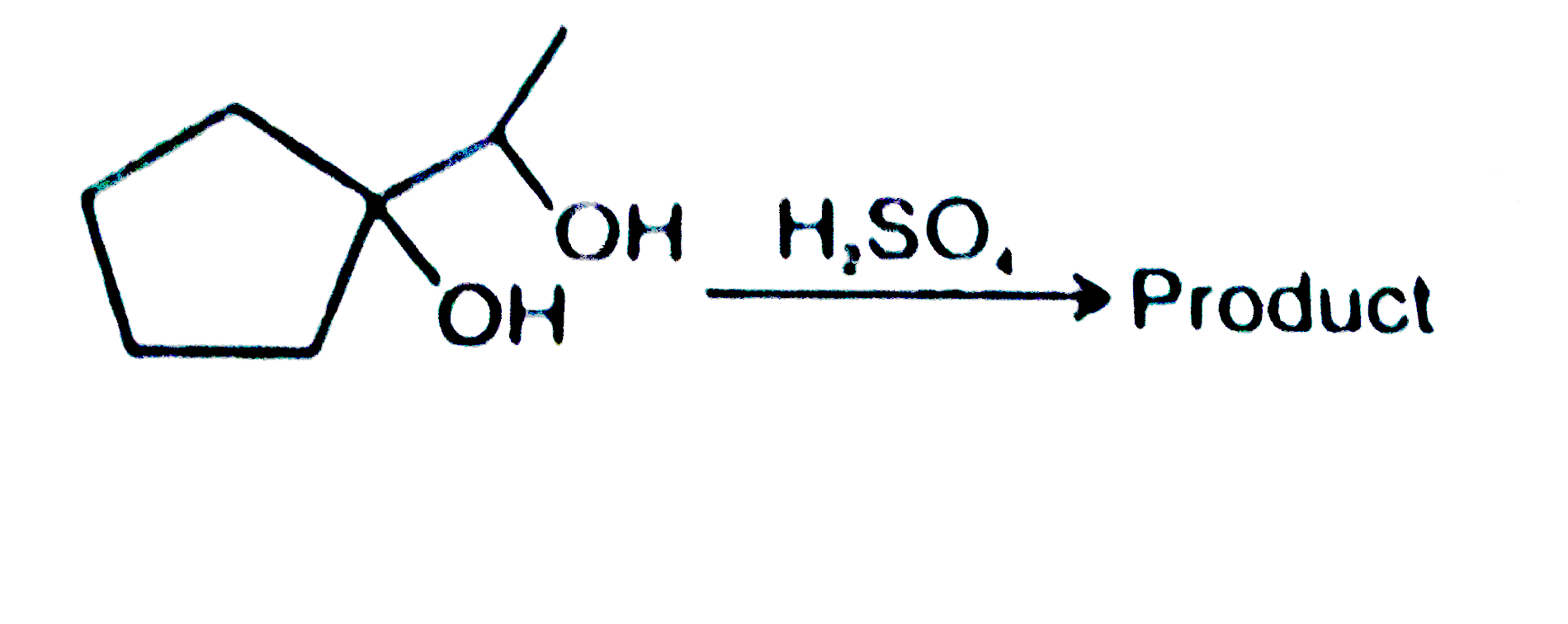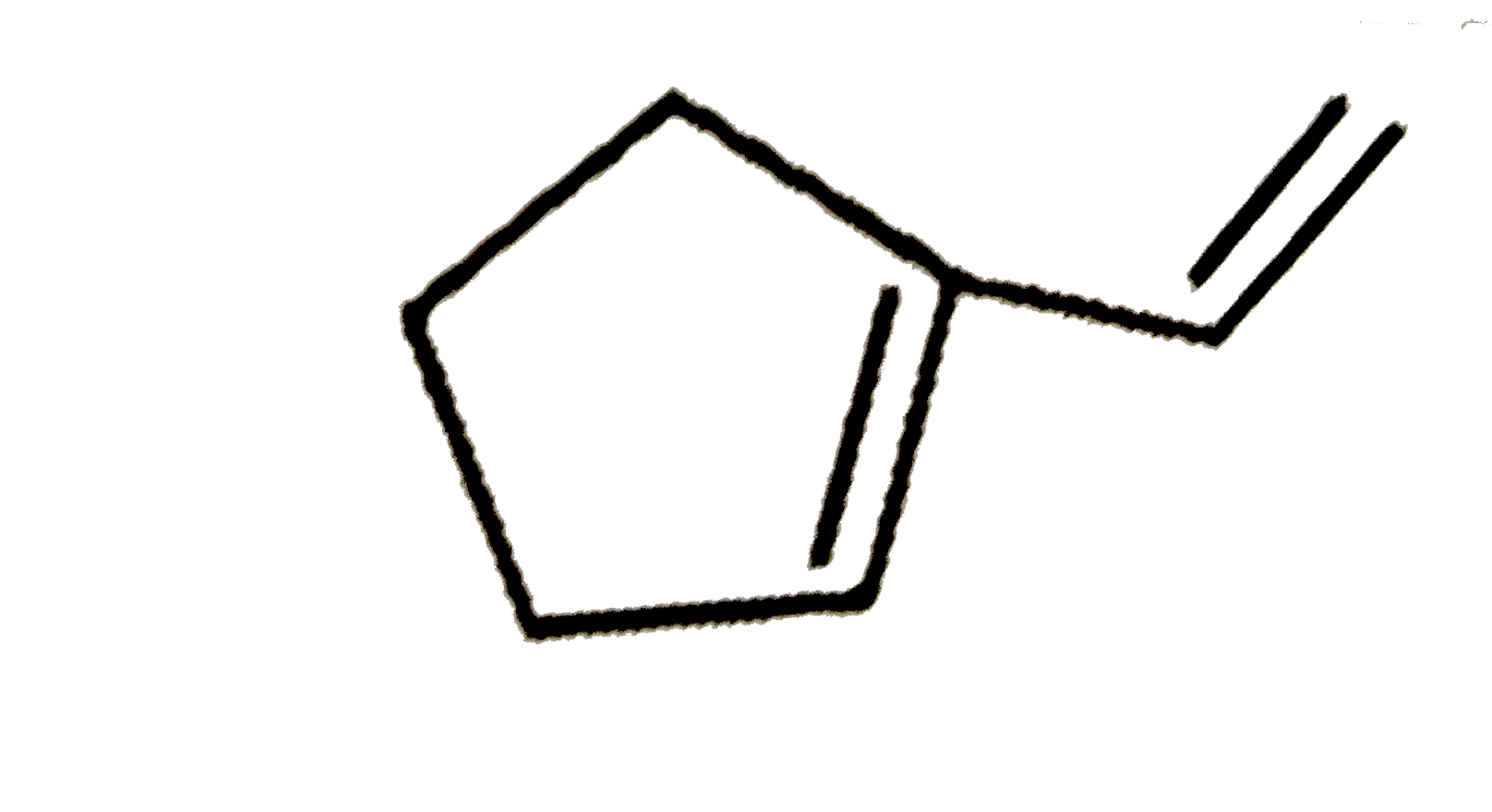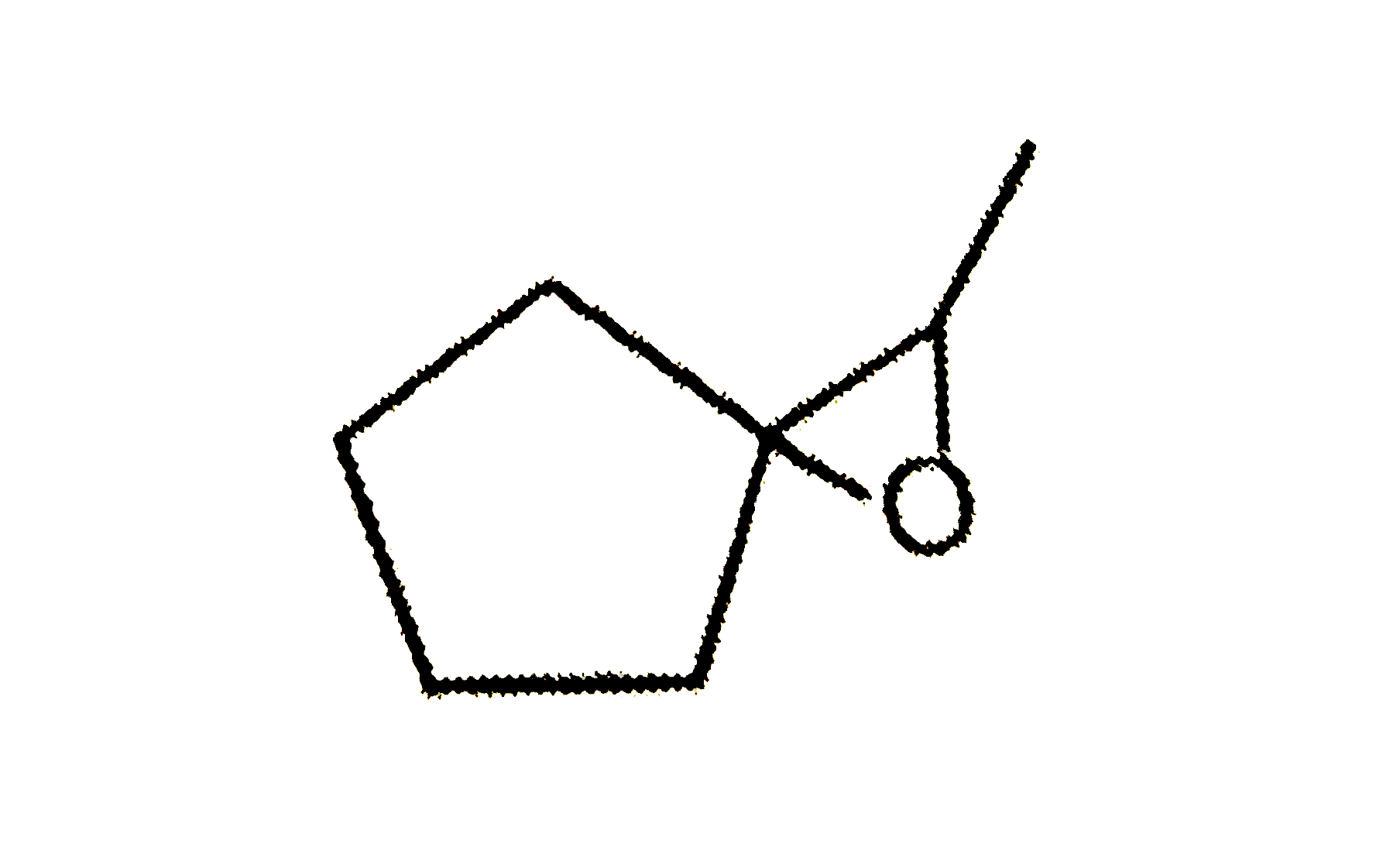Alcohols undergo acid catalysed elimination reactions to produce alkenes. Because water is lost in the elimination , this reaction is called dehydration reaction. Secondary and tertiary alcohols always give E1 reaction in dehydration. Primary alcohols whose β-carbon is branched also give E1 reaction. The reactivity of alcohol for elimination reaction is tertiary alcohol gt secondary school gt Primary alcohol.
Identify the product in the given reaction :





The correct Answer is:C
Topper's Solved these Questions
- ORGANIC REACTION MECHANISMS-IVBOOK - RESONANCECHAPTER - ORGANIC REACTION MECHANISMS-IVEXERCISE - Exercise-3 Part-1
18 Videos
- ORGANIC REACTION MECHANISMS-IVBOOK - RESONANCECHAPTER - ORGANIC REACTION MECHANISMS-IVEXERCISE - Exercise-3 Part-2 JEE (MAIN ) OFFLINE PROBLEMS
13 Videos
- ORGANIC REACTION MECHANISMS-IVBOOK - RESONANCECHAPTER - ORGANIC REACTION MECHANISMS-IVEXERCISE - Exercise-2 Part-3
10 Videos
- ORGANIC REACTION MECHANISMS - IIBOOK - RESONANCECHAPTER - ORGANIC REACTION MECHANISMS - IIEXERCISE - APSP Part - 3
22 Videos
- PERIODIC TABLE & PERIODICITYBOOK - RESONANCECHAPTER - PERIODIC TABLE & PERIODICITYEXERCISE - Inorganic chemistry (Periodic Table & Periodicity
61 Videos
Similar Questions
Alcohols undergo acid catalysed elimination reactions to produce alkenes. Because water is lost in the elimination , this reaction is called dehydration reaction. Secondary and tertiary alcohols always give E1 reaction in dehydration. Primary alcohols whose β-carbon is branched also give E1 reaction. The reactivity of alcohol for elimination reaction is tertiary alcohol > secondary alcohol > Primary alcohol.
Which of the following dehydration product (major ) is incorrect ?
View SolutionThe order of reactivity of alcohols in the esterification reaction is :
Primary > secondary > tertiary. Justify.
View Solution
Knowledge Check
Alcohols undergo acid catalysed elimination reactions to produce alkenes. Because water is lost in the elimination , this reaction is called dehydration reaction. Secondary and tertiary alcohols always give E1 reaction in dehydration. Primary alcohols whose β-carbon is branched also give E1 reaction. The reactivity of alcohol for elimination reaction is tertiary alcohol gt secondary school gt Primary alcohol.
Which of the following dehydration product (major ) is incorrect ?A BCH3−CH3∣C∣CH3−OH∣CH−CH3conc.H2SO4−−−−−−−→ΔCH3−CH3∣C∣CH3−CH=CH2CCH3CH2CH2CH2OHconc.H2SO4−−−−−−−→ΔCH3−CH=CH−CH3D
BCH3−CH3∣C∣CH3−OH∣CH−CH3conc.H2SO4−−−−−−−→ΔCH3−CH3∣C∣CH3−CH=CH2CCH3CH2CH2CH2OHconc.H2SO4−−−−−−−→ΔCH3−CH=CH−CH3D
Assertion: The relative ease of dehydration of alcohols following order:
Tretiary > secondary > Primary
Reason : Formation of carbocation is the slowest step of reaction.Aif both assertioon and reason are true and reason is the corrct explanation of assertion.BIf both assertion and reason are ture but reason is not the corrcet explanation of assertion.CIf assertion is true but reason is false .Dif both assertion and reason are false.Assertion: The relative ease of dehydration of alcohols following order:
Tretiary > secondary > Primary
Reason : Formation of carbocation is the slowest step of reaction.Aif both assertioon and reason are true and reason is the corrct explanation of assertion.BIf both assertion and reason are ture but reason is not the corrcet explanation of assertion.CIf assertion is true but reason is false .Dif both assertion and reason are false.
Elimination Reaction in Alcohol
View SolutionPrimary alcohols undergo dehydration more easily than secondary and tertiary alcohols. True or False?
View SolutionDehydration OF alcohol pinacole-pinacole reaction
View SolutionDiscuss briefly, the relative rates of reaction of HBr with respect to primary, secondary and tertiary alcohols.
View SolutionExplain the relative ease of dehydration of alcohols as : tertiary > secondary > primary.
View Solution
